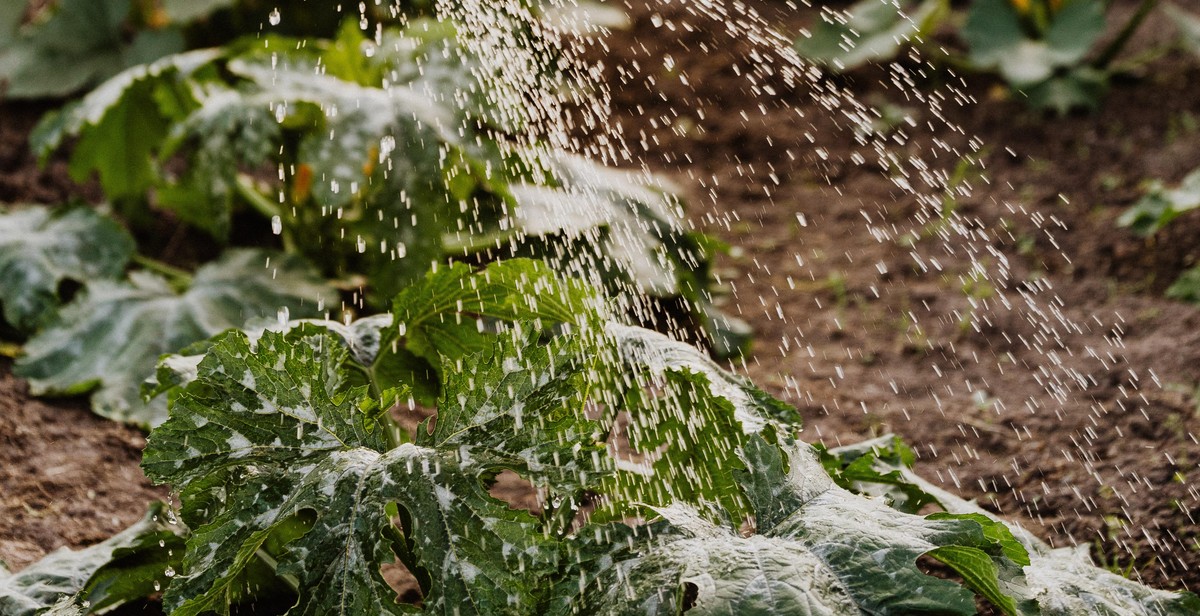How to Build a Greenhouse for Year-Round Plant Cultivation
Building a greenhouse can be an exciting and rewarding experience for any plant enthusiast. Not only does it provide a controlled environment for year-round plant cultivation, but it also allows for the growth of plants that may not be able to thrive in your local climate. However, building a greenhouse can be a daunting task, especially for those who have never done it before.
Benefits of Building a Greenhouse
A greenhouse provides a range of benefits both for the plants and the gardener. It allows for year-round growing, protection from pests, and control over the environment, including temperature, humidity, and light. Additionally, a greenhouse can extend the growing season, enabling gardeners to start planting earlier in the spring and continue harvesting later in the fall.
Factors to Consider Before Building a Greenhouse
Before building a greenhouse, there are several factors to consider, including the size, location, and type of greenhouse to construct. The location should be chosen carefully, taking into account factors such as sunlight, wind, and drainage. The size of the greenhouse should be determined based on the number of plants you plan to grow and the available space. The type of greenhouse will depend on your needs and budget, ranging from simple hoop houses to more elaborate glass structures.
In this article, we will explore the step-by-step process of building a greenhouse, from planning and design to construction and maintenance. By following these guidelines, you can create a thriving environment for your plants and enjoy the benefits of year-round cultivation.
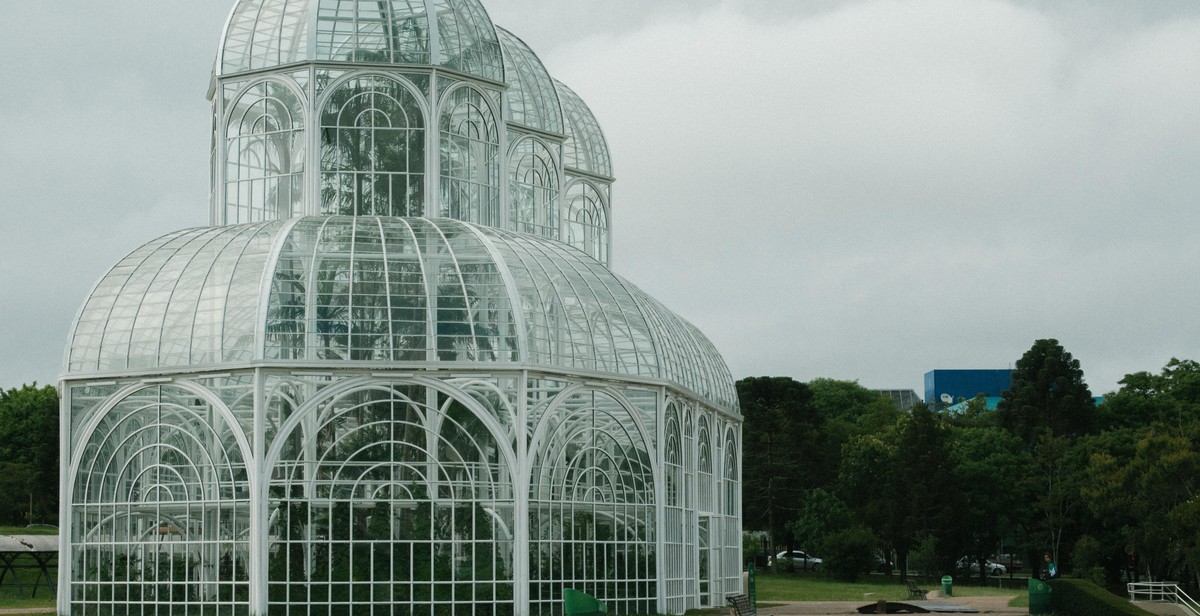
Benefits of Building a Greenhouse
Building a greenhouse for year-round plant cultivation has numerous benefits, both for the environment and for the gardener. Here are some of the top advantages:
Year-Round Plant Cultivation
A greenhouse allows for year-round plant cultivation, regardless of the weather conditions outside. This means you can grow your favorite plants, herbs, and vegetables throughout the year, even in areas with harsh winters or dry summers.
Protection from Extreme Weather Conditions
A greenhouse provides protection from extreme weather conditions such as strong winds, heavy rain, hailstorms, and snow. This protects your plants from damage and ensures a steady and healthy growth throughout the year.
Pest Control
A greenhouse also provides a controlled environment that helps to keep pests and diseases at bay. This means you can grow your plants without the use of harmful chemicals and pesticides, making your produce healthier and safer for consumption.
Increased Yield
With a greenhouse, you can control the temperature, humidity, and light levels to create the ideal growing conditions for your plants. This results in increased yields and a better quality of produce.
Cost Savings
Building a greenhouse may seem like a big investment at first, but it can actually save you money in the long run. By growing your own produce, you can save on grocery bills, and by using natural methods of pest control, you can save on expensive chemicals and pesticides.
| Benefits | Details |
|---|---|
| Year-Round Plant Cultivation | Grow plants throughout the year |
| Protection from Extreme Weather Conditions | Protect plants from harsh weather conditions |
| Pest Control | Control pests and diseases naturally |
| Increased Yield | Create ideal growing conditions for higher yields |
| Cost Savings | Save money on grocery bills and pest control |
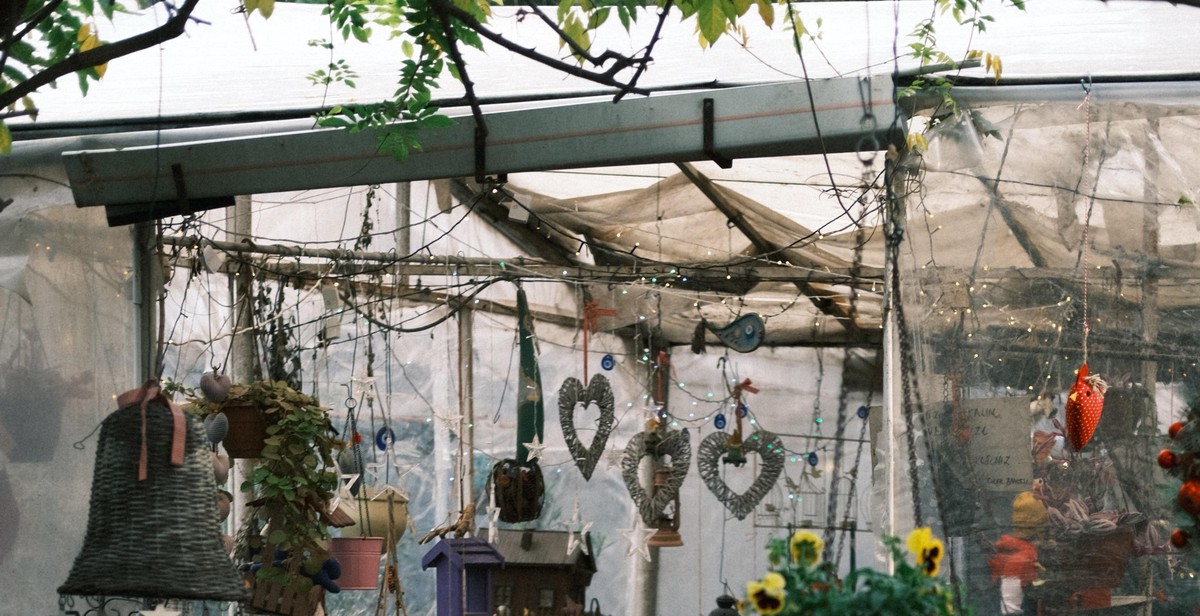
Choosing the Right Location
When building a greenhouse for year-round plant cultivation, choosing the right location is crucial for the success of your plants. Here are some factors to consider:
Sunlight Exposure
Greenhouses need ample sunlight exposure to provide warmth and light to the plants. Choose a location that receives at least six hours of direct sunlight per day. Keep in mind that the orientation of the greenhouse will also affect the amount of sunlight it receives. South-facing greenhouses will receive the most sunlight, while north-facing ones will receive the least.
Drainage
Good drainage is essential for a healthy greenhouse environment. Choose a location with good natural drainage or plan to install a drainage system. Avoid building your greenhouse in a low-lying area where water can accumulate and cause problems for your plants.
Accessibility
Choose a location that is easily accessible for you to tend to your plants. This includes easy access to water and electricity sources, as well as a location that is convenient for you to bring in supplies and equipment.
Wind Exposure
Greenhouses need protection from strong winds, which can damage the structure and harm your plants. Choose a location that is sheltered from strong winds or plan to install a windbreak around your greenhouse.
| Sunlight Exposure | Drainage | Accessibility | Wind Exposure |
|---|---|---|---|
| At least 6 hours of direct sunlight per day | Good natural drainage or plan to install a drainage system | Easily accessible for tending to plants | Protected from strong winds or plan to install a windbreak |
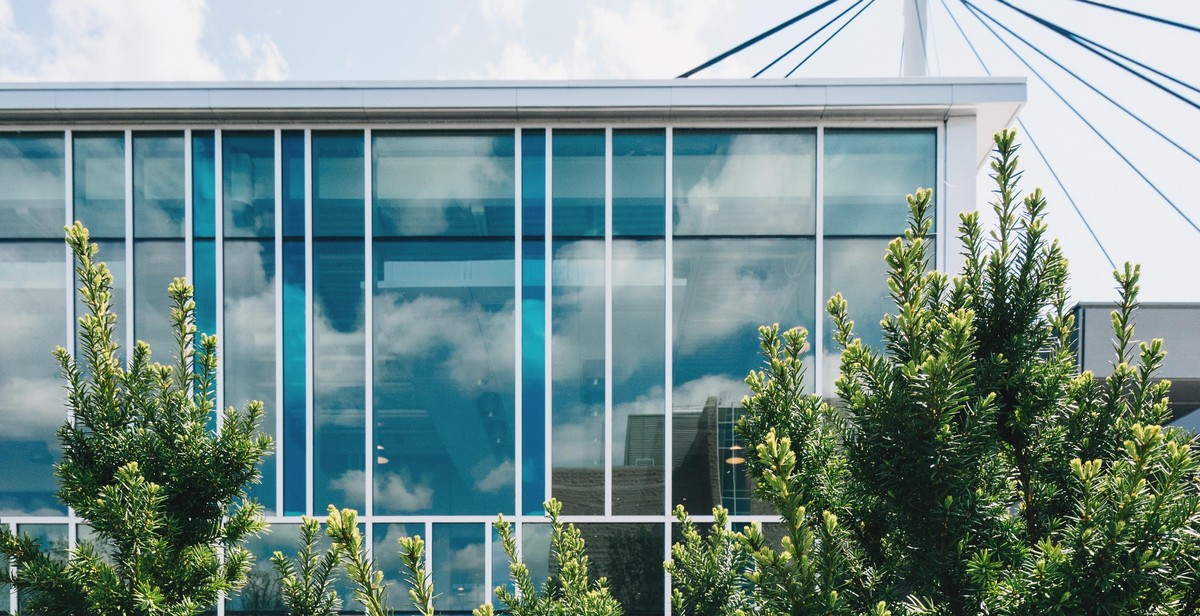
Selecting the Right Greenhouse Design
When planning to build a greenhouse for year-round plant cultivation, one of the crucial decisions you need to make is selecting the right greenhouse design. There are three main types of greenhouse designs to choose from: attached, freestanding, and lean-to greenhouses.
Attached Greenhouses
An attached greenhouse is built onto an existing structure, such as a house or a garage. This type of greenhouse shares a wall with the existing structure, which can help regulate temperature and humidity levels. Attached greenhouses are often more affordable and easier to maintain since they require less construction than freestanding greenhouses.
Freestanding Greenhouses
A freestanding greenhouse is a standalone structure that is not attached to any existing building. This type of greenhouse offers more flexibility in terms of size and design, and it can be placed in a location that receives optimal sunlight. However, freestanding greenhouses require more planning, construction, and maintenance than attached greenhouses.
Lean-To Greenhouses
A lean-to greenhouse is built onto an existing structure, but it has a slanted roof that leans against the wall of the structure. This type of greenhouse is ideal for homeowners with limited space or those who want to maximize their backyard space. Lean-to greenhouses are often more affordable and easier to maintain than freestanding greenhouses.
When selecting the right greenhouse design, consider your budget, available space, and the type of plants you want to cultivate. Each type of greenhouse has its advantages and disadvantages, so choose the one that best suits your needs and preferences.
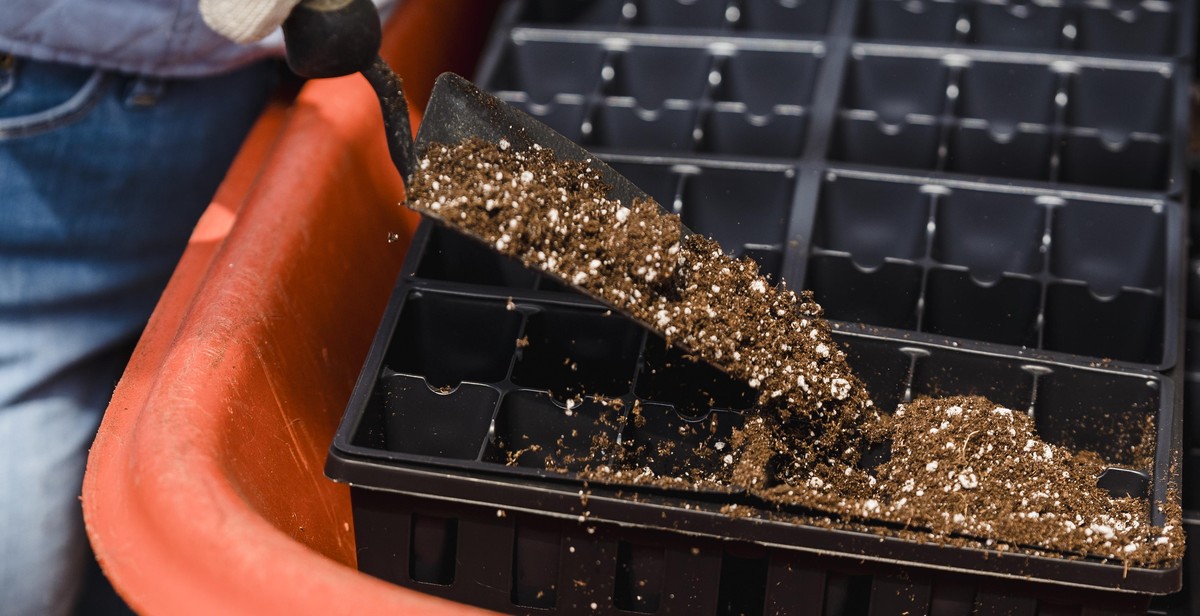
Materials You Will Need
Frame Materials
The frame is the backbone of your greenhouse, and you will need sturdy materials to build it. Here are some options:
- Wood – Cedar, redwood, and pressure-treated lumber are all great options because they are rot-resistant and durable.
- Aluminum – This material is lightweight, rust-resistant, and easy to maintain.
- PVC – This is a cost-effective option that is easy to work with and lightweight, but it may not be as durable as other materials.
Covering Materials
The covering material is what will protect your plants from the elements. Here are some options:
- Glass – This is the most traditional option and provides excellent light transmission, but it can be expensive and heavy.
- Polycarbonate – This material is lightweight, shatterproof, and provides good insulation, but it may yellow over time.
- Polyethylene – This is a cost-effective option that provides good insulation and light transmission, but it may not be as durable as other materials.
Foundation Materials
A solid foundation is essential for a sturdy greenhouse. Here are some options:
- Concrete – This is the most durable option, but it can be expensive and difficult to install.
- Gravel – This is a cost-effective option that allows for good drainage, but it may not provide as much stability as other materials.
- Wood – This is a good option for smaller greenhouses, but it may not provide as much stability as other materials.
Insulation Materials
Insulation is important to maintain a consistent temperature inside your greenhouse. Here are some options:
- Fiberglass – This is a common option that is easy to install and provides good insulation, but it can be expensive.
- Bubble wrap – This is a cost-effective option that can be easily installed, but it may not provide as much insulation as other materials.
- Polystyrene – This material is lightweight, easy to install, and provides good insulation, but it may be more expensive than other options.
| Material | Pros | Cons | ||||||||||
|---|---|---|---|---|---|---|---|---|---|---|---|---|
| Wood | Rot-resistant, durable | Expensive, heavy | ||||||||||
| Aluminum | Lightweight, rust-resistant, easy to maintain | More expensive than PVC | ||||||||||
| PVC | Cost-effective, lightweight, easy to work with | May not be as durable | ||||||||||
| Glass | Excellent light transmission, traditional | Expensive, heavy | ||||||||||
| Polycarbonate | Lightweight, shatterproof, good insulation | May yellow over time | ||||||||||
| Polyethylene | Cost-effective, good insulation, light transmission | May not be as durable | ||||||||||
| Concrete | Durable, provides stability | Expensive, difficult to install | ||||||||||
| Gravel | Cost-effective, good drainage | May not provide as much stability | ||||||||||
| Wood | Good for smaller greenhouses | May not provide as much stability | ||||||||||
| Fiberglass | Easy to install, good insulation | Expensive | ||||||||||
Building Your GreenhouseBuilding a greenhouse requires careful planning and execution to ensure that your plants thrive all year round. Here are the crucial steps you should follow: Preparing the SiteThe first step in building your greenhouse is finding the perfect spot for it. Choose a location that receives plenty of sunlight and is sheltered from strong winds. Clear the site of any debris, rocks, or vegetation. Building the FrameThe frame is the backbone of your greenhouse. You can use wood, PVC, or metal to build the frame. The choice of material depends on your budget and preferences. Ensure that the frame is sturdy enough to withstand harsh weather conditions and can support the covering material. Installing the CoveringThe covering material is what allows sunlight to enter the greenhouse while keeping the interior warm and humid. Common materials include glass, polycarbonate, and polyethylene. Choose a material that is durable, easy to install, and offers good insulation. Building the FoundationA solid foundation ensures that your greenhouse is stable and level. You can use concrete, bricks, or gravel to build the foundation. Ensure that the foundation is strong enough to support the weight of the frame, covering material, and any other accessories you may add. Adding InsulationInsulation helps regulate the temperature inside the greenhouse and prevent heat loss. You can use bubble wrap, fiberglass, or foam insulation to insulate the walls, roof, and floor. Ensure that the insulation material is easy to install, durable, and offers good insulation. By following these steps, you can build a sturdy and efficient greenhouse that will provide a perfect environment for your plants to grow all year round.
Maintaining Your GreenhouseBuilding a greenhouse is just the first step in creating a successful year-round growing environment. Proper maintenance is crucial to ensure your plants thrive. Here are some key factors to consider: VentilationProper ventilation is essential for maintaining a healthy growing environment. It helps regulate temperature, humidity, and air circulation. Make sure your greenhouse has enough vents and windows to allow for adequate airflow. You can also install fans or an automatic vent opener to help regulate temperature and humidity. IrrigationPlants in a greenhouse need consistent watering to thrive. Consider installing a drip irrigation system to provide a steady supply of water. You can also use a hose or watering can to hand-water plants. Be sure to monitor soil moisture levels regularly and adjust watering as needed. Heating and CoolingDepending on your climate, you may need to provide supplemental heating or cooling to maintain a consistent temperature. Consider using a heater or insulation during colder months and shade cloth or a misting system during hotter months. Pest ControlGreenhouses can be a haven for pests like aphids, mites, and whiteflies. Regularly inspect your plants for signs of infestation and use natural pest control methods like insecticidal soap or neem oil. CleaningKeeping your greenhouse clean is important for preventing pests and diseases. Sweep or vacuum the floor regularly and disinfect surfaces as needed. Remove dead plant material and dispose of it properly.
ConclusionBuilding a greenhouse for year-round plant cultivation is a great investment for any gardener. Not only does it allow you to extend your growing season, but it also protects your plants from harsh weather conditions and pests. With the right materials, tools, and knowledge, you can build a greenhouse that suits your specific needs and budget. When planning your greenhouse, consider the size, location, and orientation. Choose a location that receives ample sunlight and is protected from strong winds. Decide on the type of greenhouse that fits your needs, whether it’s a freestanding or attached structure, and the materials you’ll use for the frame and glazing. Remember to consider ventilation, heating, and irrigation systems to create a comfortable and healthy environment for your plants. You can also incorporate additional features such as shelving, benches, and lighting to maximize your space and productivity. Building a greenhouse can be a challenging but rewarding project. With proper planning and execution, you can enjoy fresh produce and beautiful plants all year long.
Whether you’re a beginner or an experienced gardener, building a greenhouse is a great way to take your skills to the next level. With the right tools and resources, you can create a thriving garden and enjoy the benefits of fresh produce and beautiful plants all year round. |


